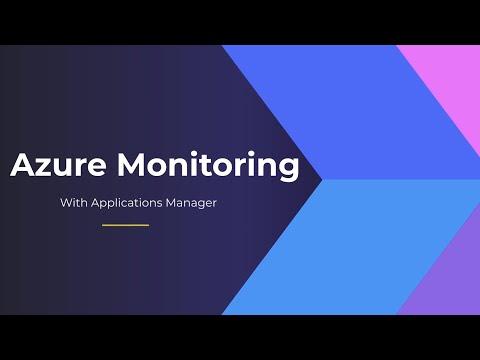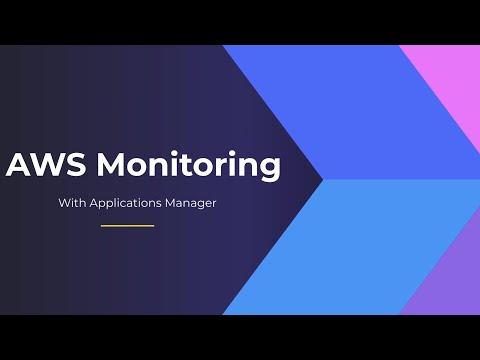Gartner, Inc. said that hybrid apps, which offer a balance between HTML5-based web apps and native apps, will be used in more than 50 percent of mobile apps by 2016.
While native application development offers the ultimate user experience and performance for mobile applications, the trade-off is often a fragmented set of development tools and multiple versions of an application to serve the same user need – because different versions must be made for each type of device or operating system.
However, the promise of HTML5 with offline capabilities and animation-rich tools fell short of expectations, causing developers to consider hybrid architectures to better leverage mobile device capabilities.
“The BYOD trend and the increased pressure on organizations to deploy mobile applications to accommodate mobile work styles of employees will lead businesses to manage a portfolio of mobile application architectures, and hybrid architectures will be especially well-suited to business-to-employee applications,” said Van Baker, Research VP at Gartner.
While mobile becomes a requirement for everything, there is no single device that will meet all needs. Gartner forecasts that by the end of 2013, mobile phones will overtake PCs as the most common web access device worldwide and by 2016, PC shipments will be less than 50 percent of combined PC and tablet shipments.
“The implications for IT is that the era of PC dominance with Windows as the single platform will be replaced with a post-PC era where Windows is one of a variety of environments that IT will need to support,” said Baker.
In parallel, a wide variety of devices that provide alternate methods of access will proliferate, including set-top boxes, internet TVs, appliances, and wearable personal devices. All these devices will demand support from the business, and therefore a multi-device strategy is necessary and will need to be integrated into existing applications and architectures – not added separately.
“While hybrid apps will be the majority of enterprise mobile apps, web technologies like HTML5 will make up the most commonly used languages for building mobile applications by 2015,” said David Mitchell Smith, VP and Gartner Fellow.
“We recommend organizations are open to augmentations to the Web (such as hybrid Application Development) to deploy on mobile today, with the goal that more should be done without those augmentations after 2015,” said Smith. “Organizations also need to continue to develop web technology skills, find the right uses for promising new technologies and approaches like HTML5, and deal with the uncertainty and speed of the consumer-driven mobile landscape. All the while it’s important to maintain IT governance while increasing productivity and usability.”
Related Links:
Gartner Report: Predicts 2013: Portal and Web Technologies
The Latest
Over the last 20 years Digital Employee Experience has become a necessity for companies committed to digital transformation and improving IT experiences. In fact, by 2025, more than 50% of IT organizations will use digital employee experience to prioritize and measure digital initiative success ...
While most companies are now deploying cloud-based technologies, the 2024 Secure Cloud Networking Field Report from Aviatrix found that there is a silent struggle to maximize value from those investments. Many of the challenges organizations have faced over the past several years have evolved, but continue today ...
In our latest research, Cisco's The App Attention Index 2023: Beware the Application Generation, 62% of consumers report their expectations for digital experiences are far higher than they were two years ago, and 64% state they are less forgiving of poor digital services than they were just 12 months ago ...
A vast majority (89%) of organizations have rapidly expanded their technology in the past few years and three quarters (76%) say it's brought with it increased "chaos" that they have to manage, according to Situation Report 2024: Managing Technology Chaos from Software AG ...
In 2024 the number one challenge facing IT teams is a lack of skilled workers, and many are turning to automation as an answer, according to IT Trends: 2024 Industry Report ...
Organizations are continuing to embrace multicloud environments and cloud-native architectures to enable rapid transformation and deliver secure innovation. However, despite the speed, scale, and agility enabled by these modern cloud ecosystems, organizations are struggling to manage the explosion of data they create, according to The state of observability 2024: Overcoming complexity through AI-driven analytics and automation strategies, a report from Dynatrace ...
Organizations recognize the value of observability, but only 10% of them are actually practicing full observability of their applications and infrastructure. This is among the key findings from the recently completed Logz.io 2024 Observability Pulse Survey and Report ...
Businesses must adopt a comprehensive Internet Performance Monitoring (IPM) strategy, says Enterprise Management Associates (EMA), a leading IT analyst research firm. This strategy is crucial to bridge the significant observability gap within today's complex IT infrastructures. The recommendation is particularly timely, given that 99% of enterprises are expanding their use of the Internet as a primary connectivity conduit while facing challenges due to the inefficiency of multiple, disjointed monitoring tools, according to Modern Enterprises Must Boost Observability with Internet Performance Monitoring, a new report from EMA and Catchpoint ...
Choosing the right approach is critical with cloud monitoring in hybrid environments. Otherwise, you may drive up costs with features you don’t need and risk diminishing the visibility of your on-premises IT ...






